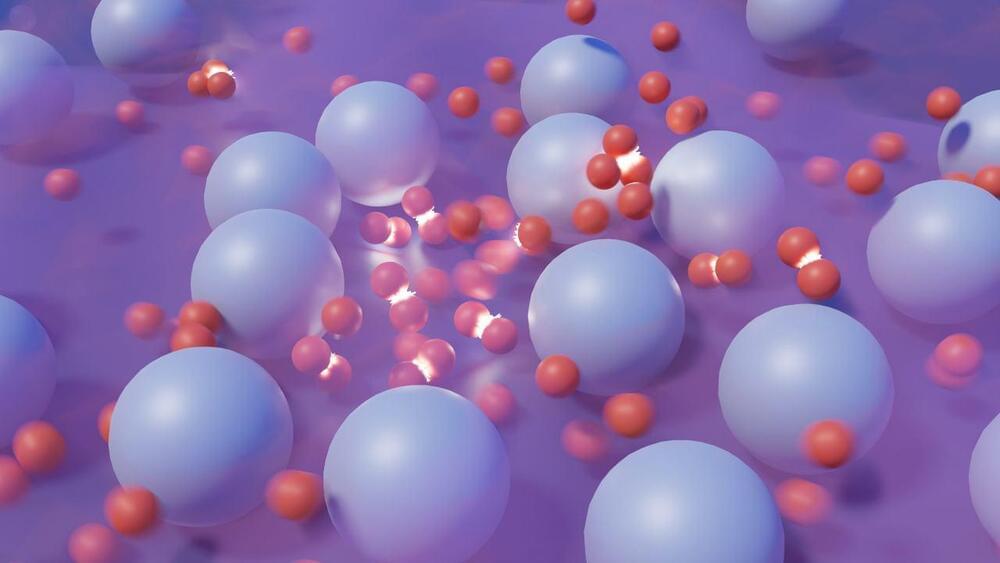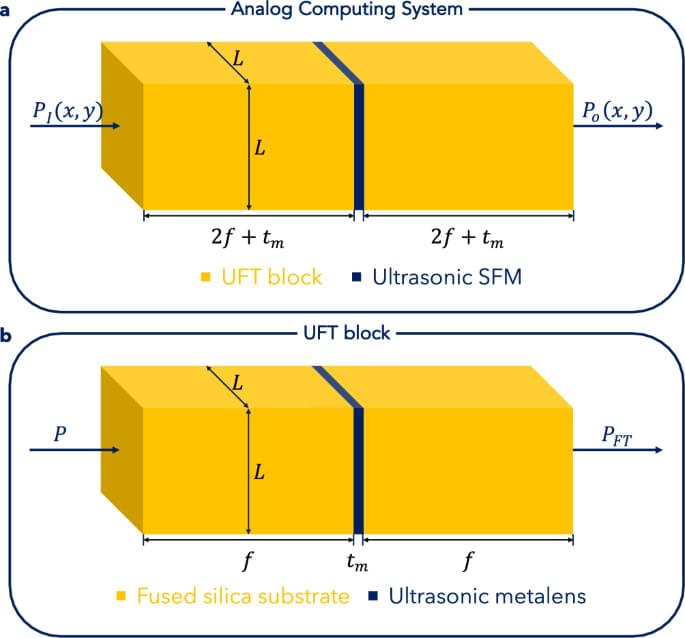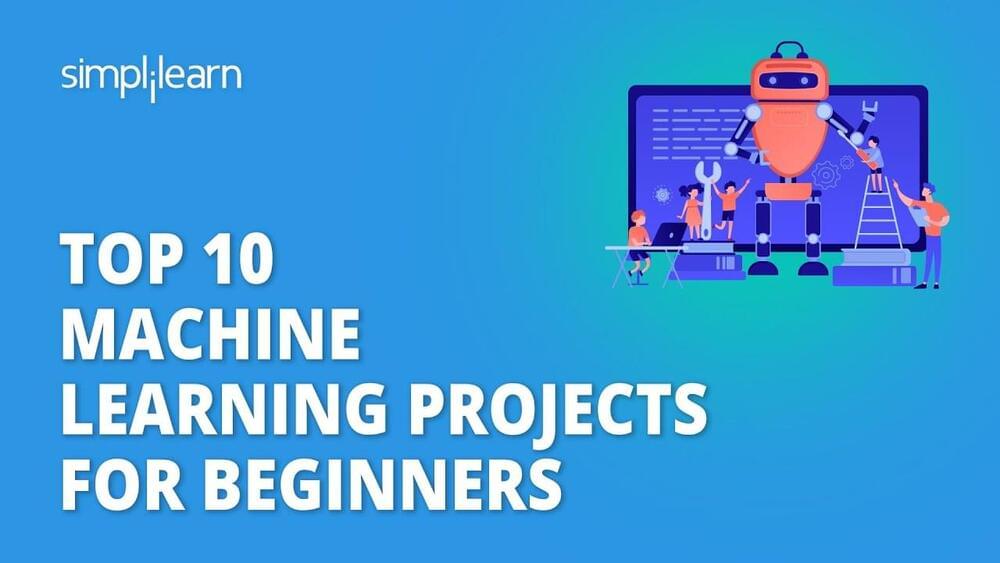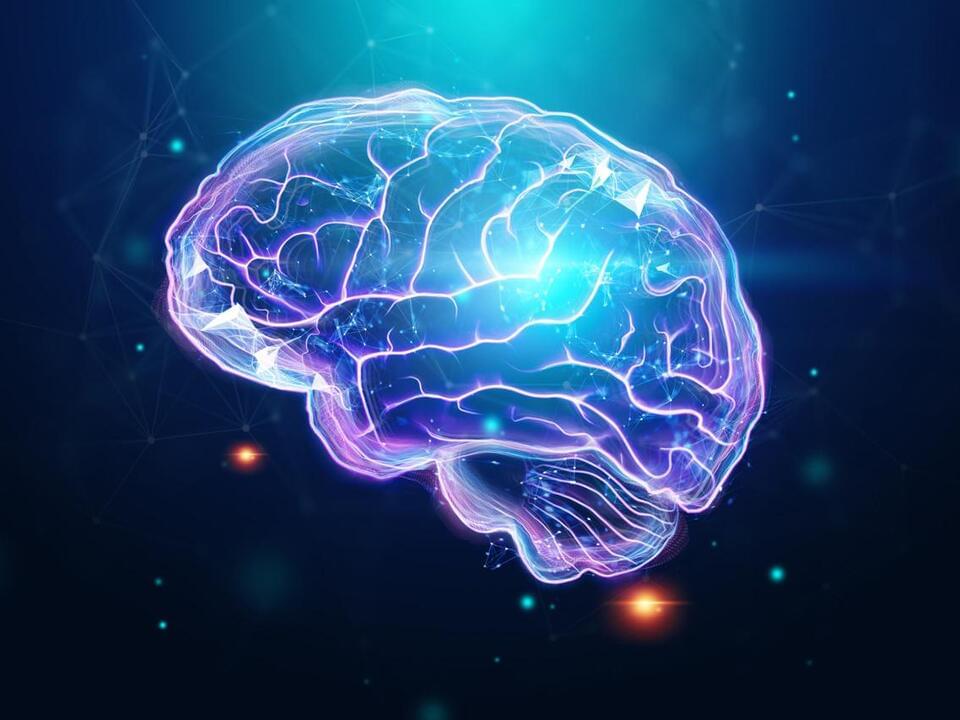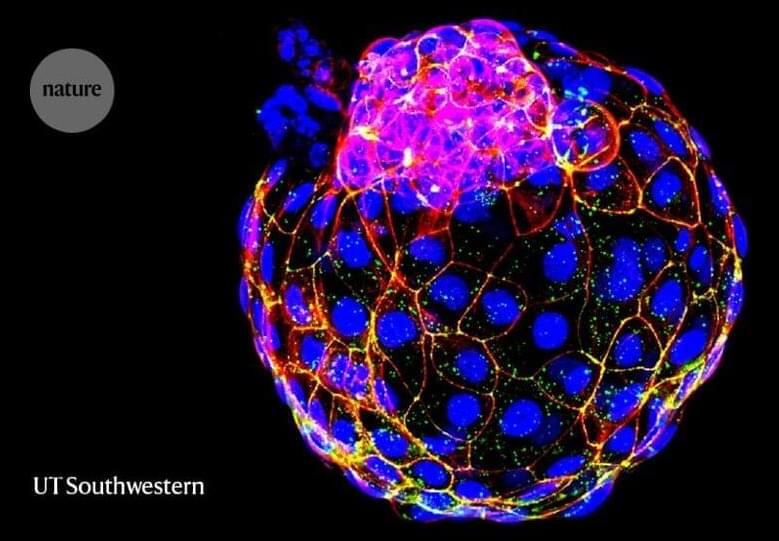SpaceX has installed a new heat shield and ‘vented interstage’ on its latest Starship Super Heavy booster, which is being prepped for flight in the near future.
For nearly 40 years, materials called ‘strange metals’ have flummoxed quantum physicists, defying explanation by operating outside the normal rules of electricity.
Now research led by Aavishkar Patel of the Flatiron Institute’s Center for Computational Quantum Physics (CCQ) in New York City has identified, at long last, a mechanism that explains the characteristic properties of strange metals.
In the August 18 issue of Science, Patel and his colleagues present their universal theory of why strange metals are so weird—a solution to one of the greatest unsolved problems in condensed matter physics.
A “demon” particle that has been haunting physicists for nearly 70 years has been found in an experiment by American researchers.
It is not a particle in the traditional sense like a proton or electron. It is a “composite” particle made up of a combination of electrons, in a solid.
In 1956, theoretical physicist David Pines predicted that electrons in a solid could do something strange. Electrons have both mass and charge. But Pines asserted that combinations of electrons in a solid could form a composite particle that is massless, has no charge and does not interact with light.
Wave-based analog computing has recently emerged as a promising computing paradigm due to its potential for high computational efficiency and minimal crosstalk. Although low-frequency acoustic analog computing systems exist, their bulky size makes it difficult to integrate them into chips that are compatible with complementary metal-oxide semiconductors (CMOS). This research paper addresses this issue by introducing a compact analog computing system (ACS) that leverages the interactions between ultrasonic waves and metasurfaces to solve ordinary and partial differential equations. The results of our wave propagation simulations, conducted using MATLAB, demonstrate the high accuracy of the ACS in solving such differential equations. Our proposed device has the potential to enhance the prospects of wave-based analog computing systems as the supercomputers of tomorrow.
🔥Post Graduate Program In AI And Machine Learning: https://www.simplilearn.com/pgp-ai-machine-learning-certific…ce=youtube.
🔥AI & Machine Learning Bootcamp(US Only): https://www.simplilearn.com/ai-machine-learning-bootcamp?utm…ce=youtube.
✅Subscribe to our Channel to learn more about the top Technologies: https://bit.ly/2VT4WtH
⏩ Check out More AI Videos By Simplilearn: https://youtube.com/playlist?list=PLEiEAq2VkUULyr_ftxpHB6DumOq1Zz2hq.
#NLPEngineerRoadmapFor2023 #HowToBecomeNLPEngineer #RoadmapForNLPEngineer #NLP #NaturalLanguageProcessing #MachineLearning #ML #ArtificialIntelligence #AI #Simplilearn.
➡️ About Post Graduate Program In AI And Machine Learning.
This AI ML course is designed to enhance your career in AI and ML by demystifying concepts like machine learning, deep learning, NLP, computer vision, reinforcement learning, and more. You’ll also have access to 4 live sessions, led by industry experts, covering the latest advancements in AI such as generative modeling, ChatGPT, OpenAI, and chatbots.
A group of esteemed researchers has had a breakthrough by discovering a method to manipulate photons. This groundbreaking experiment demonstrated the collision of electromagnetic waves. Researcher’s…
Artificial neural networks, prevalent models in machine learning capable of being trained for various tasks, derive their name from their structural resemblance to the information-processing methods…
The experiments use human cells to imitate the blastocyst phase — offering a crucial window into human development.


